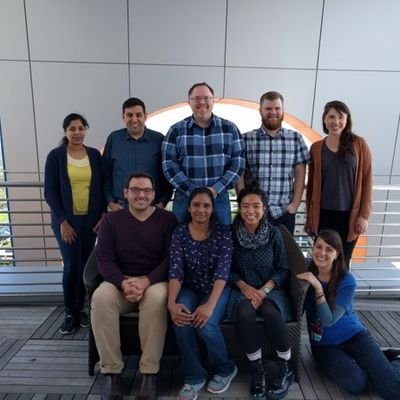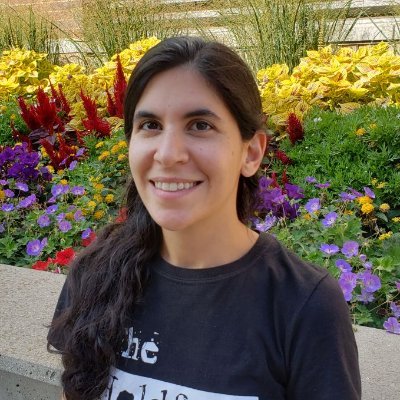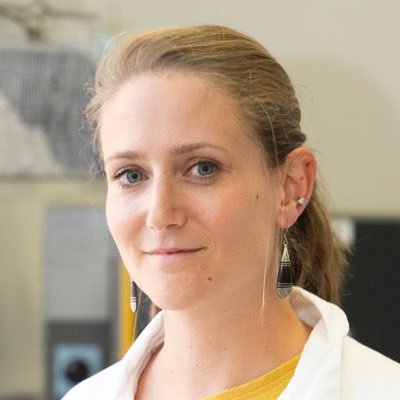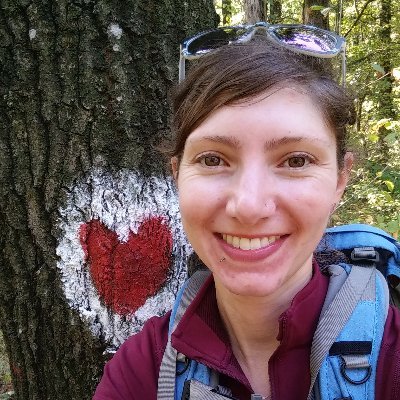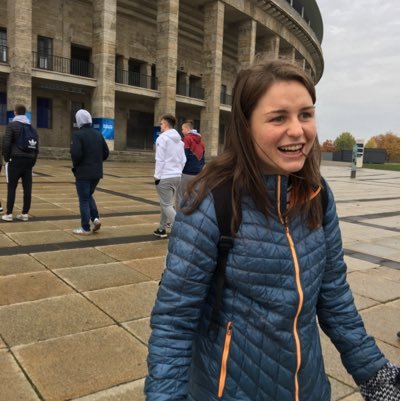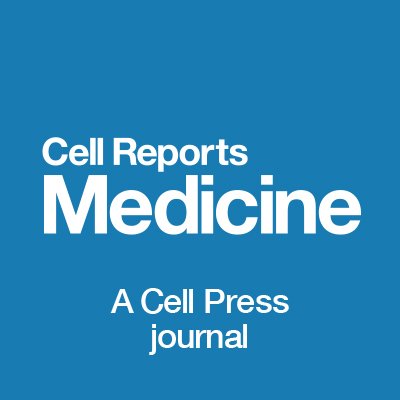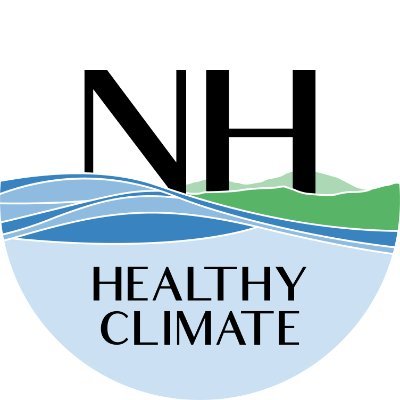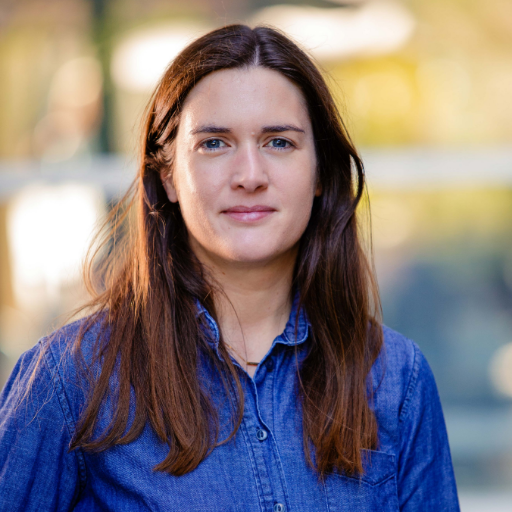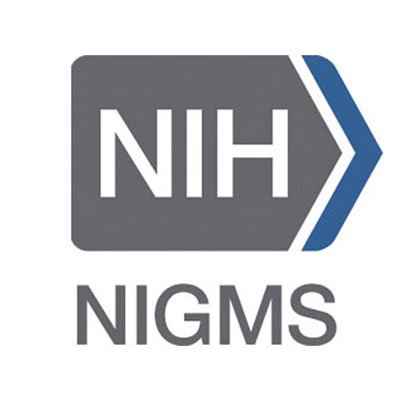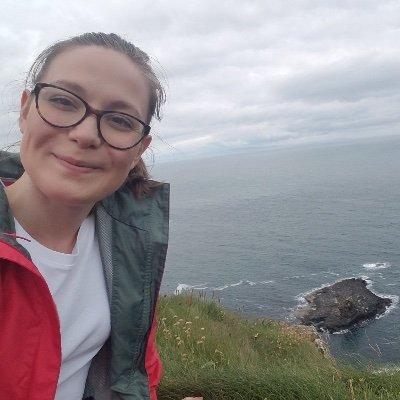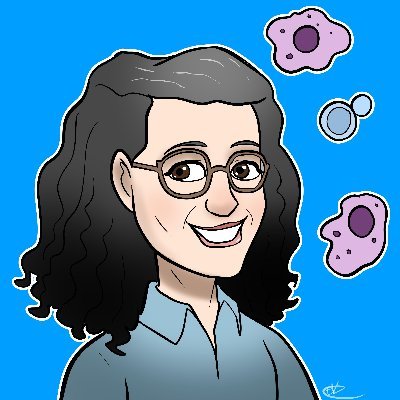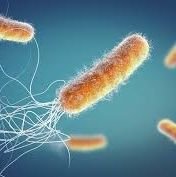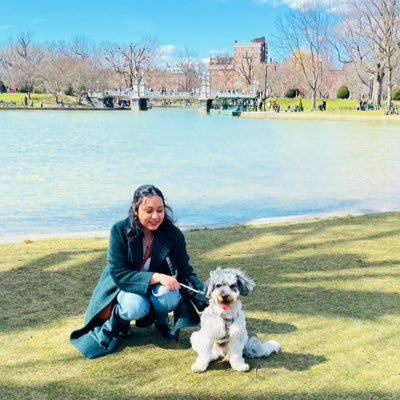
Alexander Rapp
@RappmeisterPhD candidate in the @ObarLab @Dartmouth studying Aspergillus fumigatus and the influence mycoviruses have on innate immune cells of the lung
Similar User

@ObarLab

@MCBDartmouth

@MsbDartmouth

@sierra_kleist

@SarveshVSurve

@MatthewHavrda

@DartBioMT

@Smusial3

@JordIsaacs

@AlexPastora1

@jmdelgado_

@caitlinkowa

@_AmandaYa

@ICONplc
Glad to be part of this collaborative work with @andolive85's group! 🧪We found that TLR2 agonists drive a strong MAVS-dependent type I IFN signature in fetal liver-derived alveolar macrophages 🫁
TGFβ primes alveolar-like macrophages to induce type I IFN following TLR2 activation biorxiv.org/cgi/content/sh… #biorxiv_immuno
🌟 Thrilled to announce the publication of our paper in #eBioMedicine #TheLancet! 🌟 Damping excessive viral-induced IFN-γ restores the impaired anti-Aspergillus immune response in influenza-associated pulmonary aspergillosis (IAPA). 🧫🦠 thelancet.com/journals/ebiom…
TGFβ is the gardener's guidebook, keeping our lungs healthy and protected against invaders. @ObarLab @andolive85 @LaurisaAnkley @Rappmeister @abigailpmcgee @tarynvielma @GeiselMed @Dartmouth @DMS_MicroImmuno @biorxiv_immuno biorxiv.org/content/10.110…
🚨New preprint alert 🚨 Our first collaborative manuscript with @andolive85’s group looking at why alveolar macrophages drive such a strong type I IFN response via TLR2 agonists is now up. We found a surprising role for MAVS signaling in the response. 🫁
TGFβ primes alveolar-like macrophages to induce type I IFN following TLR2 activation biorxiv.org/cgi/content/sh… #biorxiv_immuno
β-glucan reprograms alveolar macrophages via neutrophil/IFNγ axis to promote lung injury biorxiv.org/cgi/content/sh… #biorxiv_immuno
Great new study from @KellyShepardson adding to the role of type I IFN signaling in the host immune response and damage observed during pulmonary #Aspergillus infection: journals.aai.org/jimmunol/artic…
Persons lacking TNF are healthy & fend off most infections, but are susceptible to tuberculosis w/ impaired macrophage respiratory burst @Nature @ALNeehus @AriasAAS @BoissonDupuis Franco @casanova_lab @LaurentAbel4 @BustamanteJaci1 nature.com/articles/d4158… nature.com/articles/s4158…

Excited to share our Review article with the topic of “phagocytosis and fungal pathogens” published today on @NatureMicrobiol Specially thank our team @kathygonki @Franzis82565758 Thomas Orasch and Prof. Axel Brakhage @LeibnizHKI rdcu.be/dR0ts
Mutants in Cryptococcus neoformans that have in vitro defects in virulence factor production, but retain virulence in vivo can tell us about the host environment. Opi3 mutants have defects in capsule and melanin production, but are virulent in a mouse model.

🆕 Interplay btw host humoral pattern recognition molecules controls undue immune responses against #Aspergillus fumigatus in @NatureComms w/ @VAimanianda at @institutpasteur 👉 In long : nature.com/articles/s4146… 👇 In short 🧵 1/6 #pentraxin3 #immunity

To understand where patients acquire Aspergillus fumigatus isolates causing disease, we used a genomic epidemiology approach with Dutch Aspergillus fumigatus isolates from patients as well as agricultural hotspots of azole R. biorxiv.org/content/10.110…
How can pangenomes help us understand the diversity and virulence of human fungal pathogens? What are the challenges to their widespread implementation? Check out our thoughts on these questions in our latest article, out now in @PLOSPathogens! doi.org/10.1371/journa…

I am incredibly excited to share our work on the diverse mechanisms and functional responses of type I interferon adaptors via pLxIS motifs! authors.elsevier.com/c/1jJz73vVUPRm…

#Interferons: #FriendsOrFoes! & #ImmunometabolismPower! Cao &co show @ImmunityCP that spermine binds JAK1 preventing signaling downstream of type I & II #IFN receptors! Spermine levels are low in cells from lupus #SLE patients with increased IFN signaling! dlvr.it/T8bMm1
I am excited that our paper demonstrating that genetics and environment interact to determine an individual’s immune phenotype is out today in @NatImmunol @LokePng, @Grahammunology, @ae_downie A thread🧵
Loke and colleagues quantify the relative and interactive contributions of genetic and environmental influences on heterogeneity in immune profiles and helminth susceptibility. Read it here: rdcu.be/dKPrZ nature.com/articles/s4159…
#MoreIsBetterThanLess, sometimes! @BenjaminYWiner Cyster @OWeinerLab @huselab &co show @SciImmunology that Gbeta4 deletion in myeloid cells leads to sphingolipid synthesis & plasma membrane accumulation driving increased phagocytosis & resistance to fungi! science.org/doi/10.1126/sc…
1/n Proud to share our latest work @NEJM A long journey of integrated basic research and clinical care revealed a central role for IFN-g in driving mulitorgan autoimmunity in APECED and devised a personalized, life-transformative intervention for patients nejm.org/doi/full/10.10…
Absence of c-Maf and IL-10 enables Type I IFN enhancement of innate responses to low-dose LPS in alveolar macrophages biorxiv.org/cgi/content/sh… #biorxiv_immuno
I am pleased to share that our latest protocol paper on analyzing fungal extracellular vesicles is now available in @STARProtocols Many thanks to @aliciacpiffer, @GuilhemJanbon, @marclrodrigues and all the colleagues! doi.org/10.1016/j.xpro… #fungi #EVs #extracellularvesicles
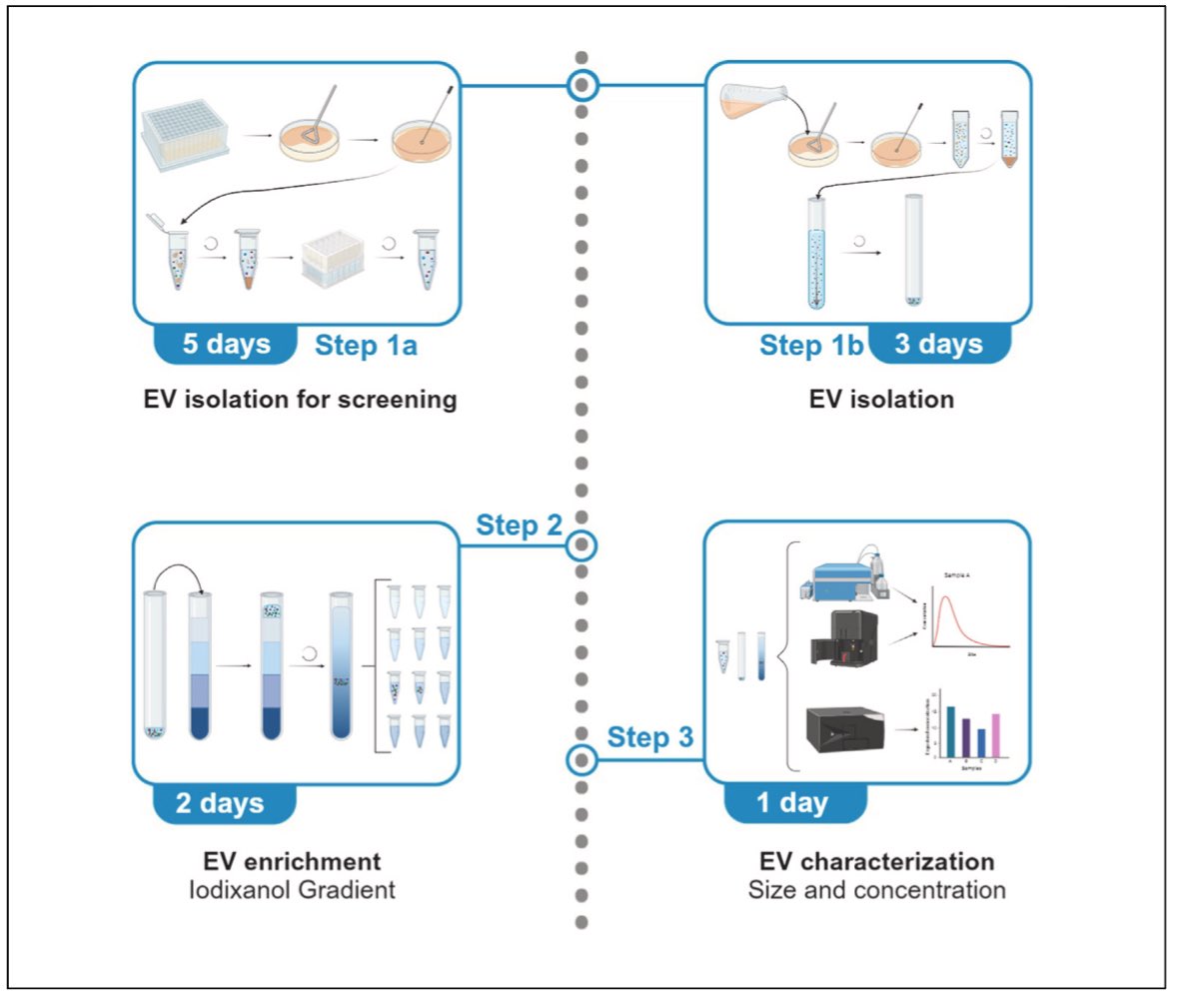
United States Trends
- 1. Brian Kelly 2.479 posts
- 2. Feds 31,9 B posts
- 3. Nuss 2.461 posts
- 4. Lagway 3.151 posts
- 5. Gators 6.618 posts
- 6. Mizzou 3.354 posts
- 7. #UFC309 32,9 B posts
- 8. Tyler Warren 1.732 posts
- 9. Travis Hunter 25,7 B posts
- 10. Florida 67 B posts
- 11. Clemson 10,6 B posts
- 12. Heisman 12,4 B posts
- 13. Billy Napier N/A
- 14. Hornets 9.726 posts
- 15. Nebraska 7.990 posts
- 16. Ceyair Wright N/A
- 17. #Huskers 1.083 posts
- 18. Bill Nye 5.671 posts
- 19. Trey Smack N/A
- 20. Baugh N/A
Who to follow
-
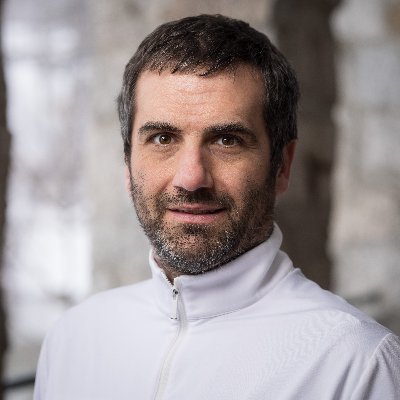 ObarLab
ObarLab
@ObarLab -
 Dartmouth MCB Graduate Program
Dartmouth MCB Graduate Program
@MCBDartmouth -
 MSBDartmouth
MSBDartmouth
@MsbDartmouth -
 Sierra Kleist
Sierra Kleist
@sierra_kleist -
 Sarvesh Surve
Sarvesh Surve
@SarveshVSurve -
 Matthew Havrda
Matthew Havrda
@MatthewHavrda -
 Dartmouth bioMT
Dartmouth bioMT
@DartBioMT -
 Shawn Musial
Shawn Musial
@Smusial3 -
 Jordan F. Isaacs, PhD
Jordan F. Isaacs, PhD
@JordIsaacs -
 Dr. Alexander Pastora
Dr. Alexander Pastora
@AlexPastora1 -
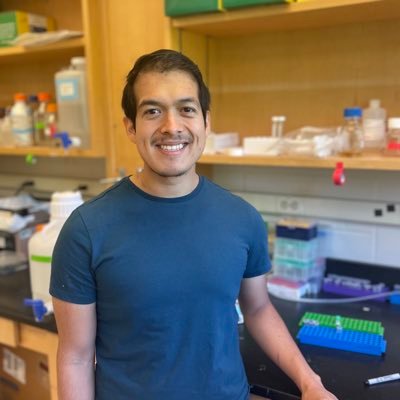 José Delgado, Ph.D.
José Delgado, Ph.D.
@jmdelgado_ -
 Caitlin Kowalski
Caitlin Kowalski
@caitlinkowa -
 Amanda Ya
Amanda Ya
@_AmandaYa -
 ICON Plc
ICON Plc
@ICONplc
Something went wrong.
Something went wrong.





